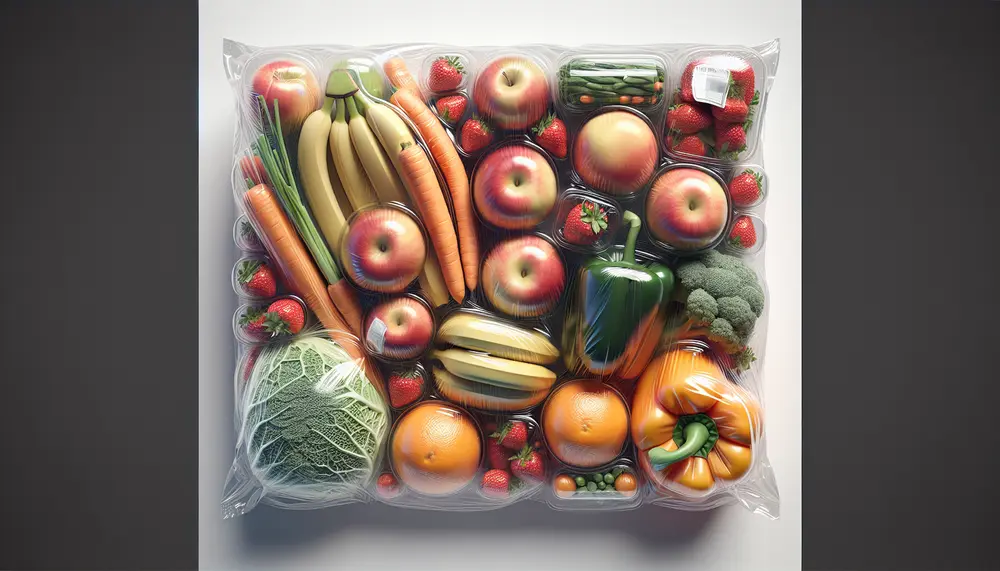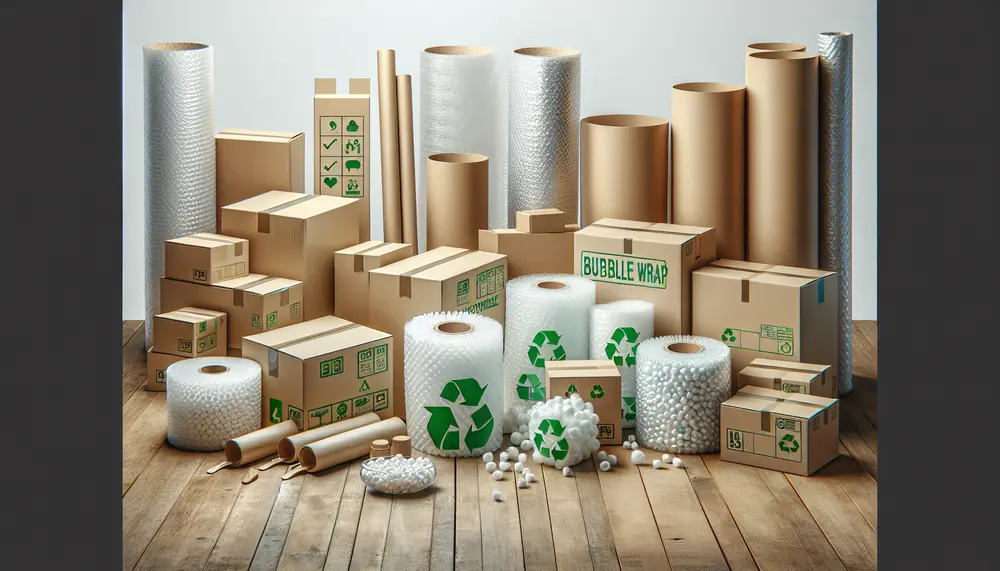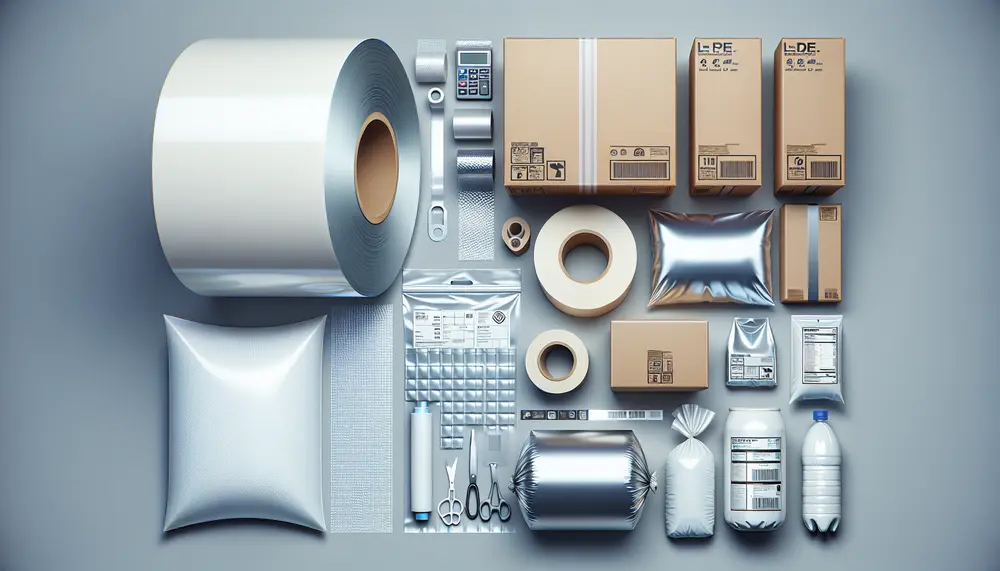Labeling Requirements
Labeling Requirements
Labeling Requirements
Understanding labeling requirements is crucial in the packaging industry. These requirements ensure that products are labeled correctly and provide essential information to consumers.
What Are Labeling Requirements?
Labeling requirements refer to the rules and guidelines that dictate what information must appear on a product's label. This can include details like the product name, ingredients, manufacturer information, and usage instructions.
Why Are Labeling Requirements Important?
Proper labeling helps consumers make informed choices. It also ensures that products comply with legal standards. Incorrect or missing labels can lead to fines or product recalls.
Key Elements of Labeling Requirements
Common elements in labeling requirements include:
- Product Name
- Ingredients List
- Manufacturer Information
- Usage Instructions
- Expiration Date
Compliance with Labeling Requirements
To comply with labeling requirements, companies must stay updated on regulations. These can vary by country and product type. Regular audits and reviews can help ensure compliance.
Examples of Labeling Requirements
For example, food packaging often requires nutritional information. Cosmetic products must list all ingredients. Medical devices need clear usage instructions and safety warnings.
Conclusion
Meeting labeling requirements is essential for legal compliance and consumer trust. Accurate labels help consumers make informed decisions and ensure product safety.
Blog Posts with the term: Labeling Requirements

Packaging in agriculture is crucial for protecting produce from farm to market, maintaining quality and freshness, and enhancing logistical efficiency. It reduces waste, ensures food safety, aids branding, and supports global trade by enabling access to wider markets....

Ensuring compliance in pharmaceutical packaging is essential for product integrity, patient safety, and regulatory approval. This article outlines key guidelines from major regulatory bodies like the FDA, EMA, ICH, WHO, and USP that govern material selection, design standards, labeling requirements,...

The German Packaging Law (VerpackG) aims to reduce packaging waste by holding producers and distributors accountable for the recycling of their product packaging, with strict compliance enforced through registration and reporting via the LUCID portal. All businesses introducing packaged goods...

Pharmaceutical packaging for export requires strict adherence to international regulations set by global regulatory bodies like WHO, ICH, EMA, FDA, and PMDA to ensure safety and quality. Key regulations include Good Manufacturing Practice (GMP), ISO standards, serialization systems, labeling requirements,...

Packaging materials range from traditional paper and glass to modern bioplastics, each with unique properties affecting product safety, cost-effectiveness, and environmental impact. Selecting the right packaging is crucial for brand identity, customer satisfaction, and sustainability; factors like protection needs, branding...

Packaging for fruits and vegetables is crucial in ensuring produce reaches consumers fresh, extends shelf life by controlling moisture and airflow, protects from contaminants, and maintains hygiene. The choice of packaging materials like corrugated boxes or breathable bags depends on...

The packaging industry is governed by a complex legal framework aimed at ensuring safety, health, and environmental protection. Key regulations include material restrictions like RoHS and REACH, compostability standards such as BPI certification, and heavy metal limitations under CONEG legislation. Regulatory...

Packaging solutions in New Zealand are essential for product integrity, safe distribution, and brand identity; they must be durable for long transits and increasingly sustainable to meet consumer expectations. Quality packaging is crucial as it protects goods during shipping, enhances...

Packaging design is crucial for product protection, branding, and consumer engagement, involving elements like material choice and functionality that align with brand identity. It's a strategic tool in branding, creating emotional connections through visual/tactile cues and differentiating products in competitive...

Pharmaceutical packaging and design are essential for ensuring medication safety, efficacy, and patient compliance. Effective packaging involves understanding regulatory requirements, material science, and user needs while providing protection, information, identification, convenience, and adherence to treatment plans; it must also comply...

Pharmaceutical packaging is essential for protecting medications from contamination and degradation, providing critical information through labeling, ensuring regulatory compliance, and enhancing user experience with features like child-resistant caps. While it offers benefits such as safe transportation and storage, challenges include...

Food packaging is essential for protecting food, extending shelf life, and maintaining quality from production to consumption. It must meet safety standards, provide consumer information, facilitate transportation, enhance marketability, and support sustainability efforts. Innovative food packaging solutions address demands for convenience...

Pharmaceutical packaging certification is essential for ensuring product safety and efficacy, complying with legal standards, building consumer trust, and encouraging innovation despite potential costs and regulatory challenges....

LDPE film is a flexible, transparent thermoplastic used extensively in packaging for its chemical resistance and moisture barrier properties, which are crucial across industries like food, pharmaceuticals, and agriculture. It stands out due to its recyclability and balance of protection,...

